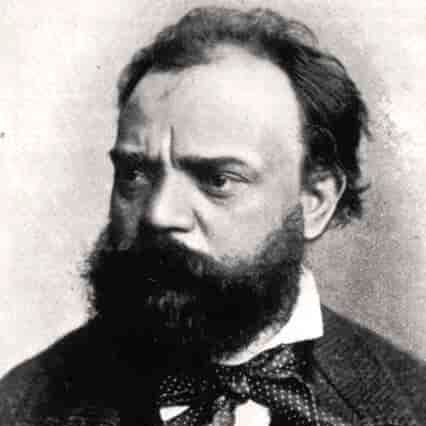Antonin Dvořák
Streaming Now
About Antonín Dvořák
Antonín Dvořák was one of the most celebrated composers of the Romantic era, known for his ability to blend classical structure with the rich folk traditions of his Czech homeland. Born in 1841 in Nelahozeves, Bohemia (now the Czech Republic), Dvořák rose from humble beginnings to international acclaim, composing symphonies, operas, choral works, and chamber music that remain staples of the classical repertoire.
His most famous piece, Symphony No. 9 in E Minor, also known as the New World Symphony, was written during his time as director of the National Conservatory of Music in New York and reflects his fascination with Native American music and African-American spirituals. The work premiered to immediate success and remains one of the most performed symphonies worldwide.
Dvořák’s music is admired for its lyrical beauty, emotional depth, and rhythmic vitality. His influence extends far beyond Central Europe, with his compositions helping shape the future of American classical music. He passed away in 1904, leaving behind a legacy of masterworks that continue to inspire performers and audiences alike.

What is Dvořák’s most famous work?
Dvořák’s most famous composition is Symphony No. 9 in E Minor, also known as the New World Symphony.
What was Dvořák’s connection to America?
He lived in the US from 1892 to 1895 and composed the New World Symphony while directing the National Conservatory of Music in New York.
What genres did Dvořák compose in?
Dvořák wrote symphonies, concertos, operas, chamber music, choral works, and songs.
What makes Dvořák’s music distinctive?
His melodies often draw from Czech folk traditions, blending classical form with earthy rhythms and heartfelt emotion.








